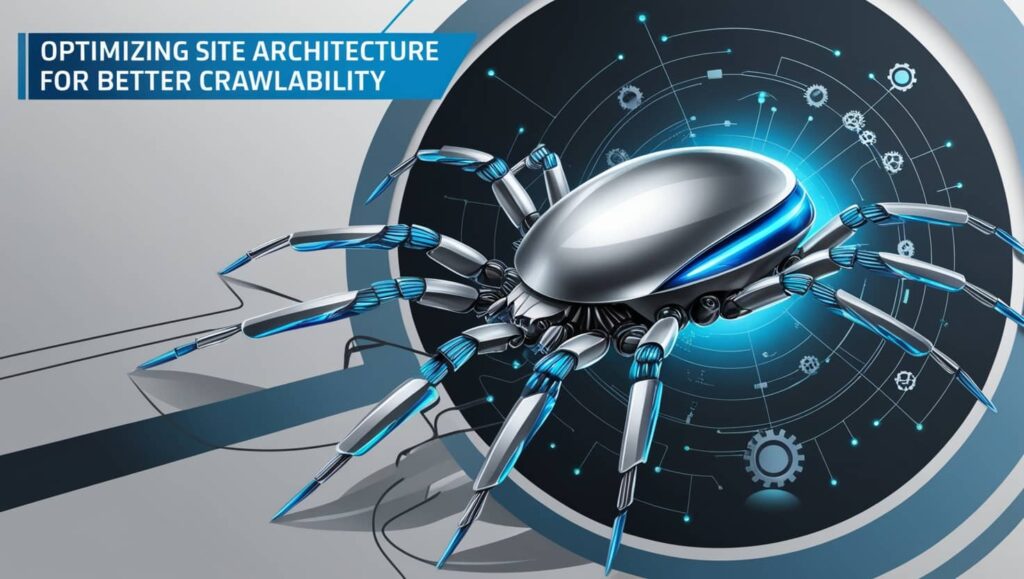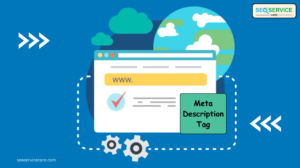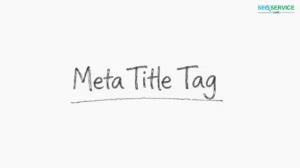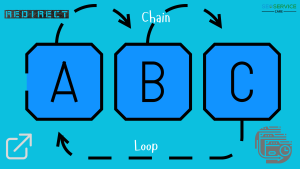Today, every big and small enterprise needs to go online. However, having a website itself isn’t everything; one needs to make sure that search engines will find it. Crawlability means how easily search engine bots can find and list your site’s pages. It describes how accessible your website is to these bots. Improving how a website is built will better find it in search engine results pages. In this article, we’ll explain why site structure is important. We’ll cover what can block crawlability and share tips to make your website search engine friendly.
The architecture of the site is a very vital factor in web visibility through better crawling in search engine results pages. Crawlability refers to how well search engines can reach and index your pages on your site.
What is site architecture?
Site architecture refers to how a website and its pages are structured. That is, how content is arranged, how people get to move around a site, and how links help connect the different areas of a website. A good site structure helps both visitors and search engines find information easily. It makes navigation smoother. To move through and list content on your website, search engines use crawlers also called bots or spiders. Your website’s 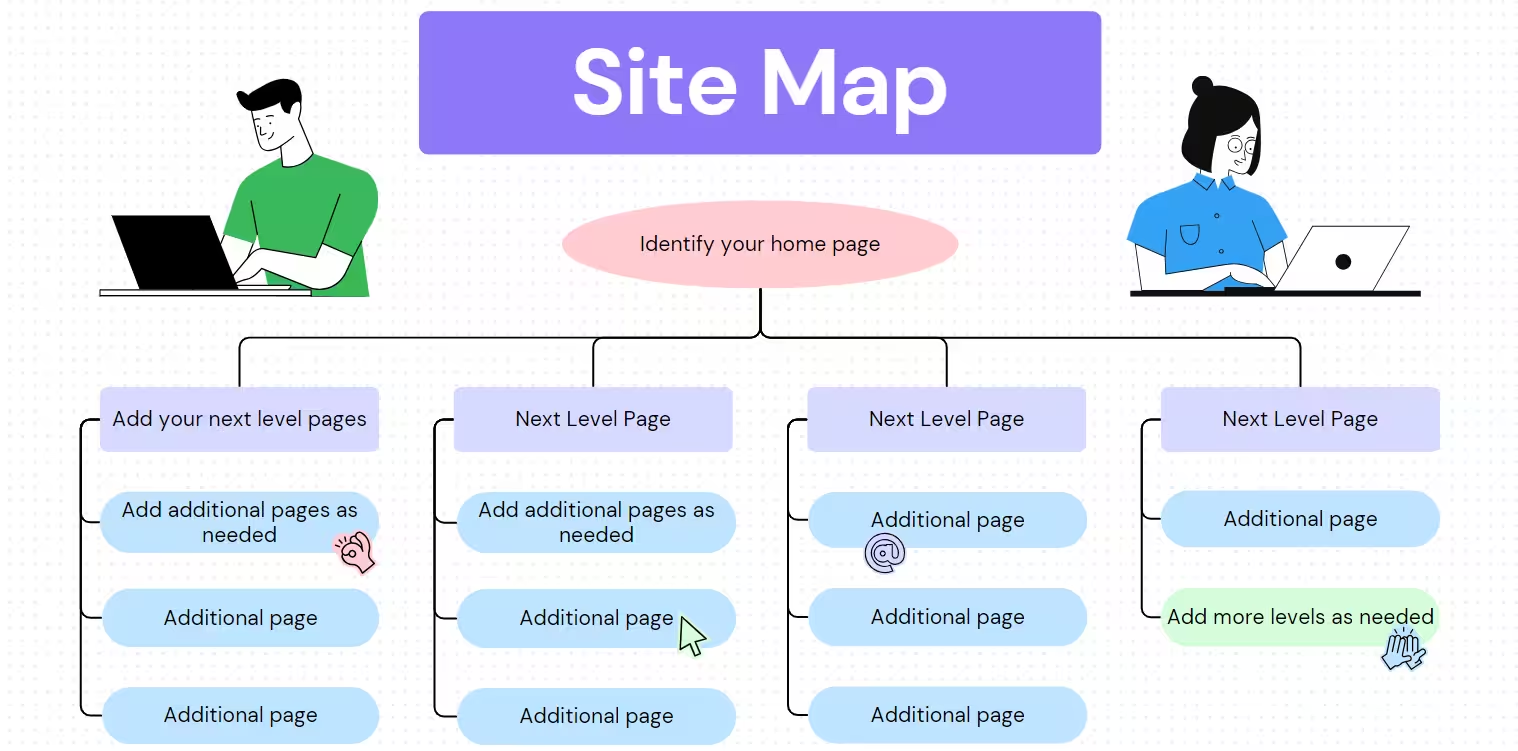 structure affects how easily crawlers can access it. It also helps them understand your content.
structure affects how easily crawlers can access it. It also helps them understand your content.
The Importance of Crawlability
Crawlability is the foundation of SEO. If search engine bots can’t crawl your site well, they may miss important pages. This can lead to poor indexing and lower rankings. A crawlable website ensures that all your content can be accessed. This increases the chances of being indexed and ranked by search engines. Better crawlability helps search engines understand the order and importance of pages. This improves your SEO performance.
Key Elements of Site Architecture Affecting Crawlability
-
URL Structure
A clean and logical URL structure is vital for both users and search engines. URLs should be simple, descriptive, and include relevant keywords. Avoid complex parameters and extra characters. They can confuse search engine crawlers.
For example, a URL like www.example.com/products/shoes/running is more SEO-friendly than www.example.com/index.php?id=123&category=shoes&type=running.
- Internal Linking
Intra-site linking is the technique of making connections among various pages on one’s website. This helps search engine bots understand how different sections of your site are connected. It also makes the overall structure clearer to them. Internal linking helps spread page authority across your site. This makes important pages more visible and valued. Furthermore, this practice helps users find similar content easily, which enhances the user experience.
Sitemaps
A sitemap consists of all the pages available on your site to inform search engines about its layout. In general, two types of sitemaps exist: XML and HTML. The former is meant for search engines only; in return, the latter is meant for real people. When such a file is submitted to Google or another search engine, it helps with better indexing of web pages belonging to a given site.
-
Navigation Structure
Navigation on the web is a structure consisting of menus, links, and sections that guide users through various website pages. It shows visitors how to navigate through the content and makes their job easier when searching for something. A good navigation structure enhances user experience and SEO and illustrates the relationship between different pages. A website’s navigation structure should be simple and understandable. An effective, organized menu enables users as well as search engine robots to move through the site without confusion. Avoid multiple dropdowns or nested menus, as they can stifle users’ experience and deter crawlers. Your landing page must have all the main pages viewed from it with one click.
-
Content scale
For your website, the content that is placed therein is organized in a certain manner that usually begins from the summary to the details. In this hierarchy, important content is normally placed at the top while less vital information is put lower down the page. Search engines need to understand which pages are more important. To do this, your site should have a clear order. This way, crawlers will start with the most important pages.
Strategies to Optimize Site Architecture for Better Crawlability
Conduct a website audit
The first step to improving your site design is a thorough assessment. Start by reviewing your webpage layout. Identify anything that might block access and look for ways to fix these issues. Tools like Google Search Console, Screaming Frog, and Ahrefs can help you find crawling issues, broken links, duplicate content, and other problems. These issues can affect how search bots scan your website.
Optimize URL Structure
A tidy and sensible URL structure, as pointed out before, is important for improved crawlability. To make your URLs more effective:
- Use descriptive keywords that describe the content of the page.
- Do not employ special characters, numbers, and lengthy textual strings.
- Use hyphens to separate words rather than underscores or gaps.
- Let URLs be brief and clear-cut.
Improve Internal Linking
You have been instructed on data until October 2023. Internal linking helps improve crawlability and user experience. It guides visitors to relevant content. For optimizing internal linking:
- Make sure that all essential pages are connected from the homepage or main navigation menu.
- Use descriptive anchor text, which can show something about the linked page.
- Avoid cluttering professional websites with too many internal links. This can undermine the purpose of each link.
- Update and verify periodically for broken links or old ones.
Create and submit a sitemap
This is one of the most important steps to take when you want your website pages to be crawled and indexed. For optimal results:
- Search engine XML sitemaps and user HTML sitemaps are the best for each.
- Always update your sitemap by adding new pages while removing the redundant ones.
- Your sitemap should be submitted to Google Search Console and also to other webmaster tools for search engines.
Enhance navigation and menu structure
A better user experience and crawlability are enhanced by having internal navigation structured well. For this purpose, consider some of these tips to optimize your internal navigation.
- Ensure that the menu structure is easy and organized.
- Have some important pages easily available from the homepage.
- It is advisable to limit the number of clicks required to access deeper pages to at most three clicks.
- Breadcrumbs also help with the internet site hierarchy visibility for both users and search engines.
Implement a Logical Content Hierarchy
Your content hierarchy should be organized so search engine robots can easily find your most important content. To optimize content hierarchy:
- Organize content in a logical style from top to bottom with key information located at the top.
- Use headings (H1, H2, H3, etc.) to structure your content and show the sections’ importance.
- Make sure every page has a unique focus and objective, avoiding instances of repeated content.
Monitor crawl errors
Therefore, it is important to monitor crawling errors regularly to maintain optimum crawlability. Google Search Console is one example of such a tool. It shows errors like 404 pages, server issues, and blocked resources that are common on websites. If you find any crawling mistakes, do the following:
- Repair shattered connections and send old Web addresses elsewhere, where they ought to go.
- Make sure your robots.txt file configuration allows crawlers adequate access to key web pages.
- Do not wait long before addressing server problems since this may cause defeat in the race for precious crawling occasions.
Optimize for Mobile Crawlability
Mobile crawlability optimization is vital as there is a rise in the use of mobile devices. The mobile-first indexing by Google implies that it is the mobile version of your site that is given priority during indexing and ranking. What you can do to optimize for mobile:
- Implement responsive design for your site to be adjusted to various screen sizes.
- To help images or videos display faster on a phone, use one or more optimization techniques.
- Make sure you have menu links accessible from a mobile device.
Use Structured Data Markup
Schema markup, also known as structured data, helps search engines understand your website’s information better. Using structured data and rich snippets can boost your site’s visibility in search results. To incorporate structured data:
- Use schema markup to provide more information to your content regarding products, reviews, and events.
- Be sure to use Google’s Rich Results Test tool to verify that you have done it right with structured data.
Regularly Update Content and Structure
Search engines like Google will give preference to sites that are current in news, relevant, and timely content. Making timely adjustments to the site’s content and structure boosts its crawlability, which also makes it more relevant to its audience. Some of the options for maintaining a dynamic site include:
- Regularly creating blogs, articles, or product updates as new content.
- Going through existing information and ensuring its accuracy and relevance still stands.
- From time to time, check for any structural changes made on the web pages that will enhance navigation and how easy it is to add new contents.
Conclusion
To improve crawlability, optimize your website’s structure. This is crucial for SEO and can greatly impact your site’s visibility and ranking. Focus on URL structure, internal linking, sitemaps, navigation, and content hierarchy. This will create a user-friendly site and help search engine crawlers. Regularly audit your site, check for crawl errors, and keep up with the latest SEO trends to stay competitive.
Optimizing site structure is a long-term strategy. It improves search engine rankings, boosts organic traffic, and enhances the user experience. As search engines update their algorithms, you need to adjust your site structure to keep it crawlable, indexable, and relevant in today’s competitive online landscape. Also Other Topic
